Family Octopodidae
- Bathypolypus arcticus
Eneteroctopus dofleini, Giant Pacific Octopus
Octopus briareus, Caribbean reef octopus
Octopus insularis
Octopus macropus (jpg)
Octopus mototi
Octopus vulgaris, Common octopus
Octopus rubescens, Red octopus
Octopus salutii
Hapalochlaena lunulata, a Blue ringed octopus
Bathypolypus arcticus, hidup di kedalaman 200-600 di samudera Atlantik. Gurita ini sangat kecil dengan berat dewasa hanya mencapai 45 gram. Lebih kecil dari tangan kita. Gurita yang hidup di laut dalam tidak memiliki tinta, memiliki jumlah telur yang tidak banyak. Gurita betinanya menjaga telurnya selama 400 hari sampai menetas, dan selama itu gurita ini tidak makan dan menghabiskan energi dari tubuh mereka sendiri untuk menjaga telurnya. Dan mereka memiliki hidup yang lebih panjang dari pada gurita yang hidup di perairan dangkal. Rata2 berumur 3 tahun sedangkan gurita di perairan dangkal hanya setahun


Eneteroctopus dofleini, Giant Pacific Octopus, di temukan di Samudera Pasifik. Yang dewasa di temukan dengan berat 10-15kg, walaupun ada beberapa jenis di temukan dengn berat 272kg dengan lebar 10m. Berumur 3-5 tahun dengan temperatur 10°C. Betina bisa bertelur ratusan bahkan ribuan telur, yang mereka jaga selama 6 bulan hingga mati..

Octopus briareus, Caribbean reef octopus, Gurita merupakan hewan nokturnal. Betina bisa bertelur hingga 500 butir selama bulan Januari
Octopus insularis
Octopus macropus
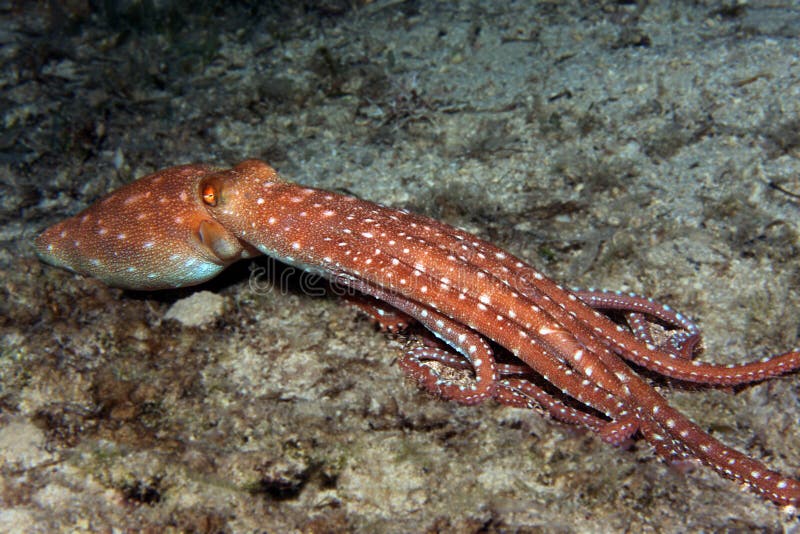

Octopus mototi – Kleptopus adalah gurita beracun yang suka bersembunyi di dalam cangkang kerang. Habitat mereka biasanya di pasir vulkanik yang berwarna hitam di kedalaman 12m dan jauh dari terumbu karang. Bisa berubah warna.
/vidio-media-production/uploads/77644/images/introducing-kleptopus-the-shell-stealing-veined-octopus-98da-640x360-00005.jpg)
Octopus vulgaris, Common octopus di temukan di perairan tropis atau semi tropis di kedalaman 200m. Paling sering di tangkap nelayan dan di jadikan kuliner. Berumur 12-18 bulan. Bisa bertelur 100rb – 500rb butir. Aktif di siang hari dan pintar berkamuflase
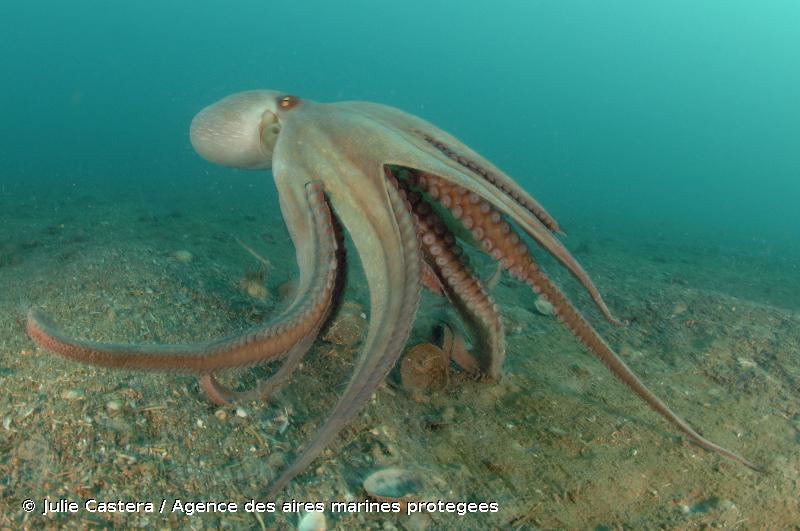
Octopus rubescens – Red octopuses gurita kecil pemakan plankton.

Octopus salutii Memiliki tentankel yang panjang dan bisa menghasilkan 2rb-4rb telur.
Hapalochlaena lunulata, a Blue ringed octopus sangat beracun, bertelur 60-100 butir telur dan kecil

Coconut octopus – veined octopus, Habitat di dasar laut berpasir

Seekor gurita yang lagi menjaga anaknya
Octopus tetricus Gloomy Octopus
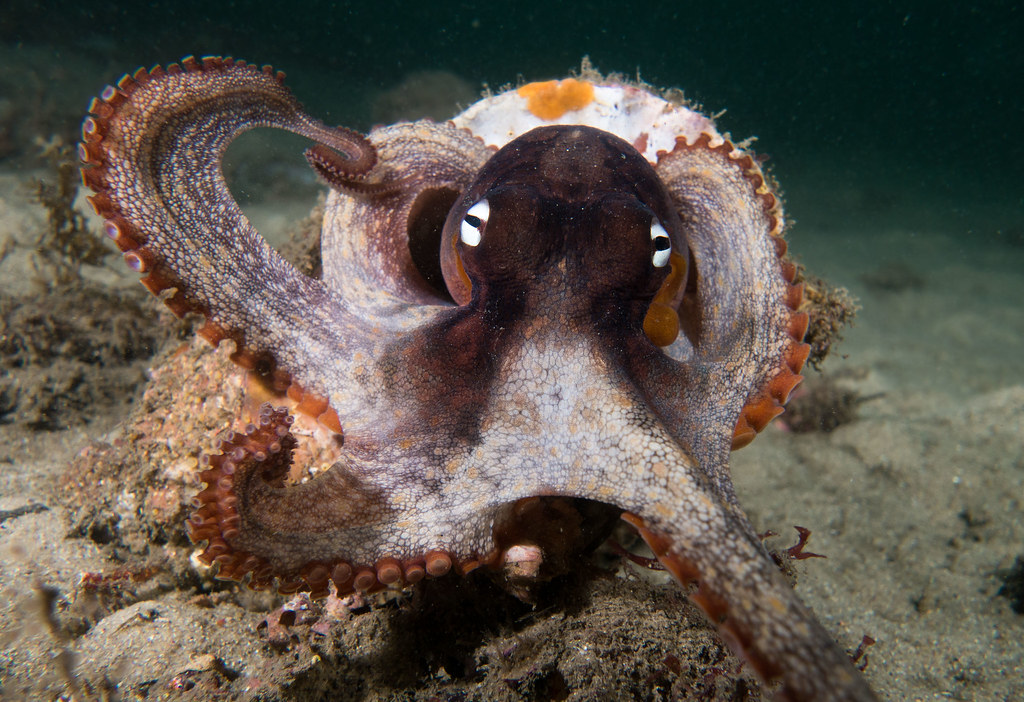
Sepioloidea lineolata, the Striped pyjama squid




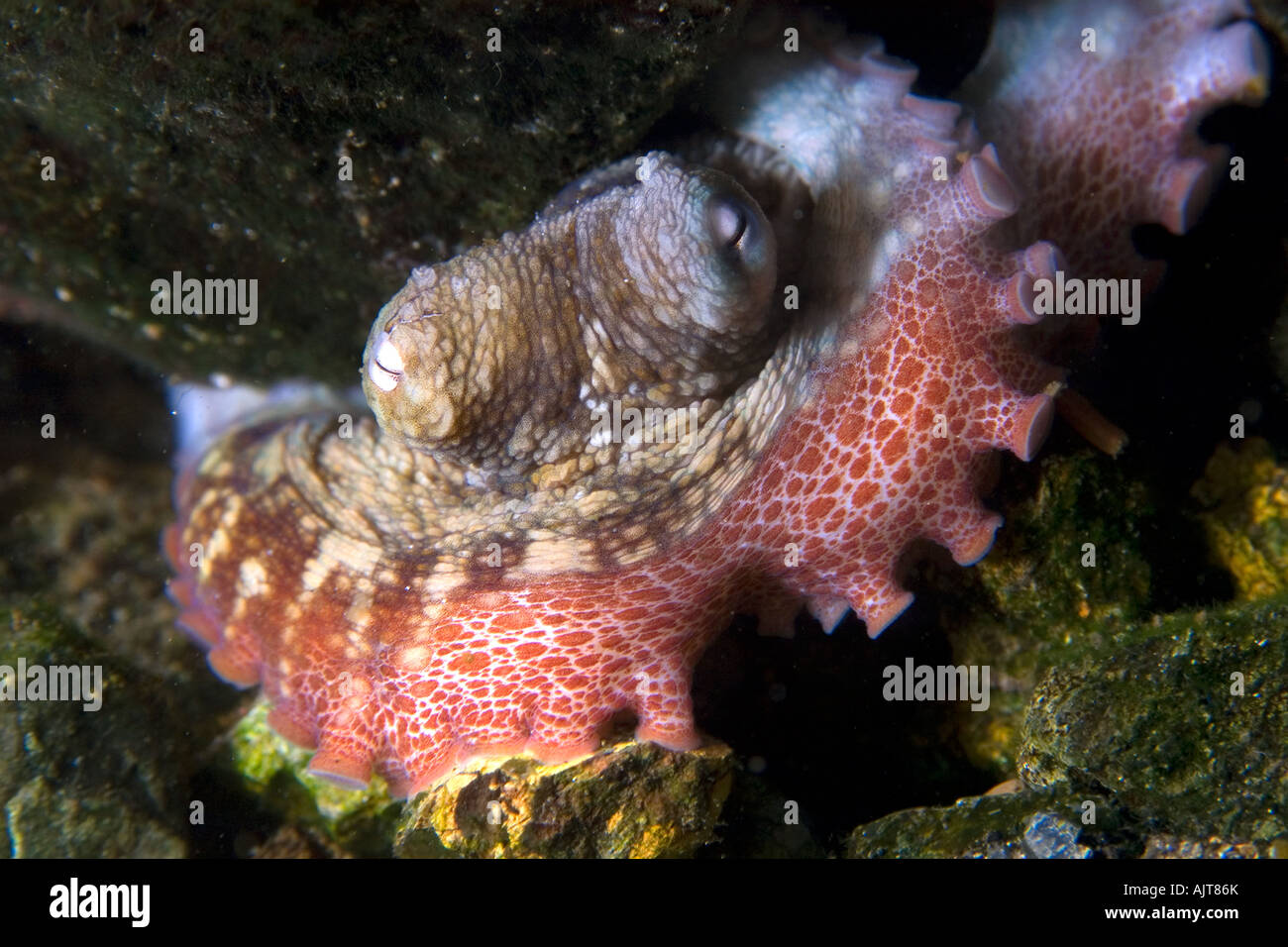




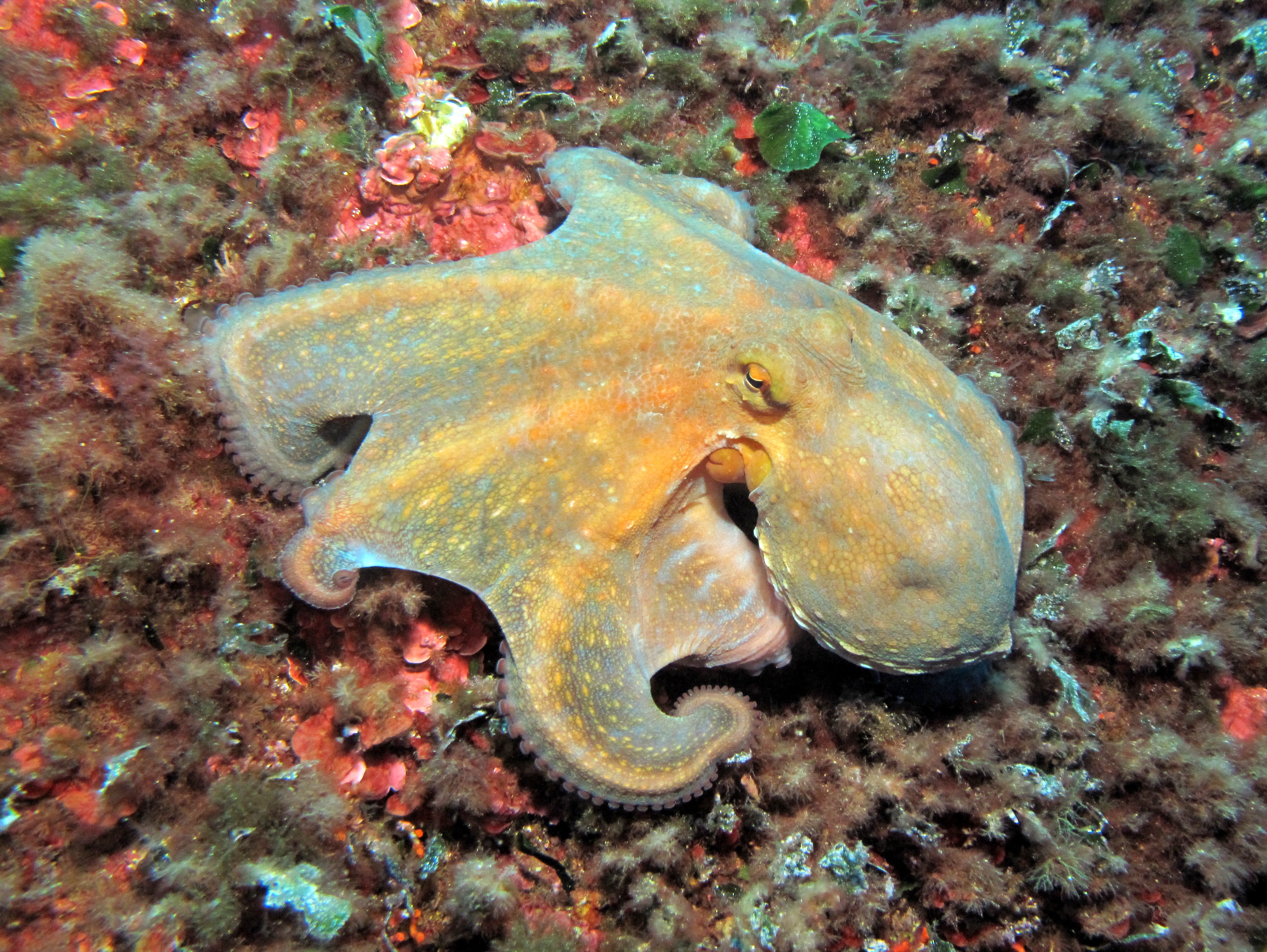
/https%3A%2F%2Fblueprint-api-production.s3.amazonaws.com%2Fuploads%2Fcard%2Fimage%2F660045%2F3e1d155c-e25a-4f4b-beb7-c0a70a35e75a.jpg)
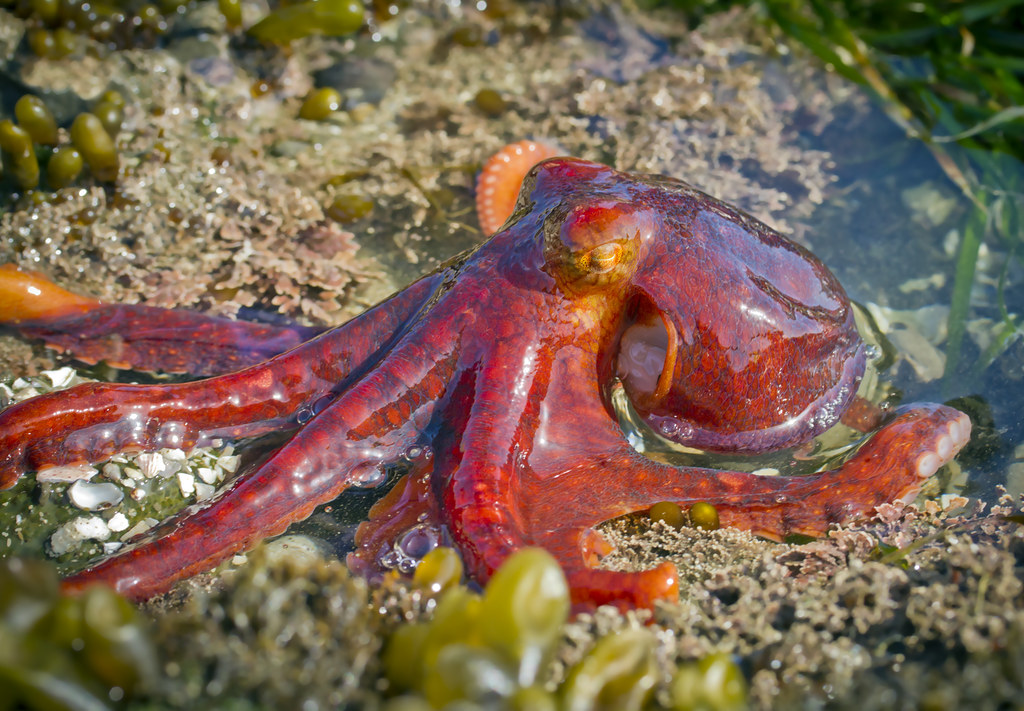
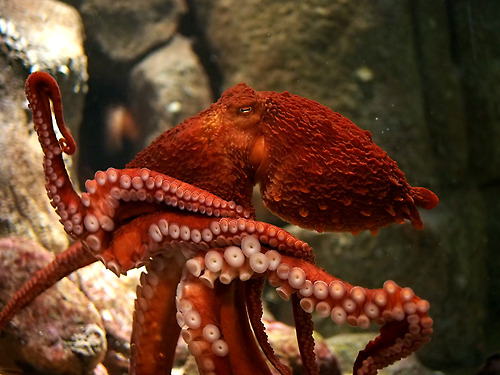
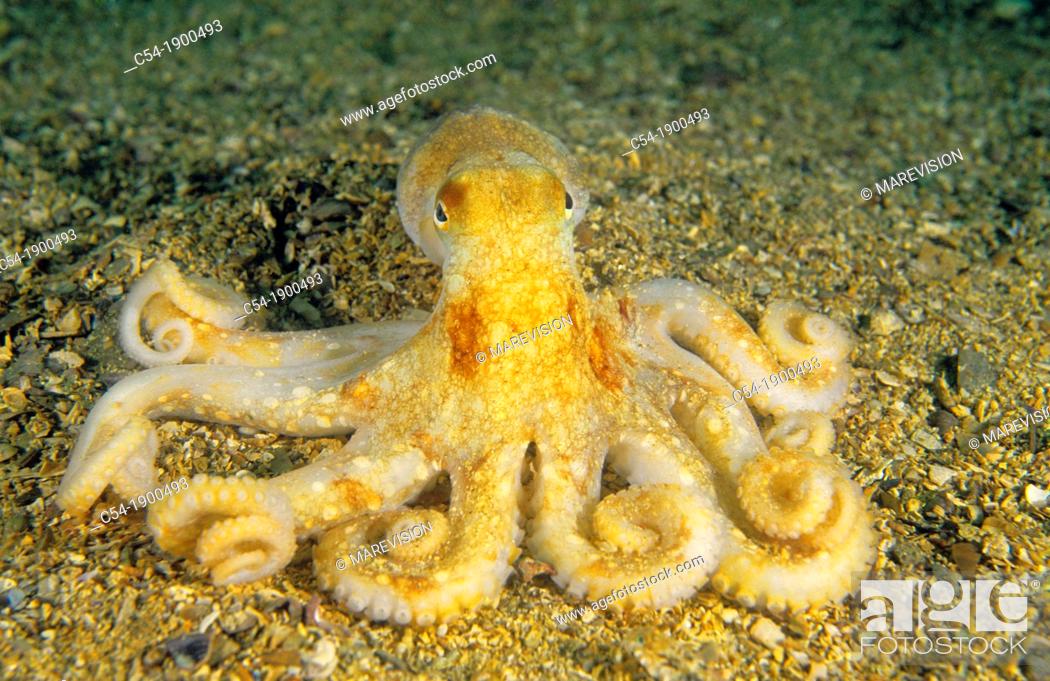

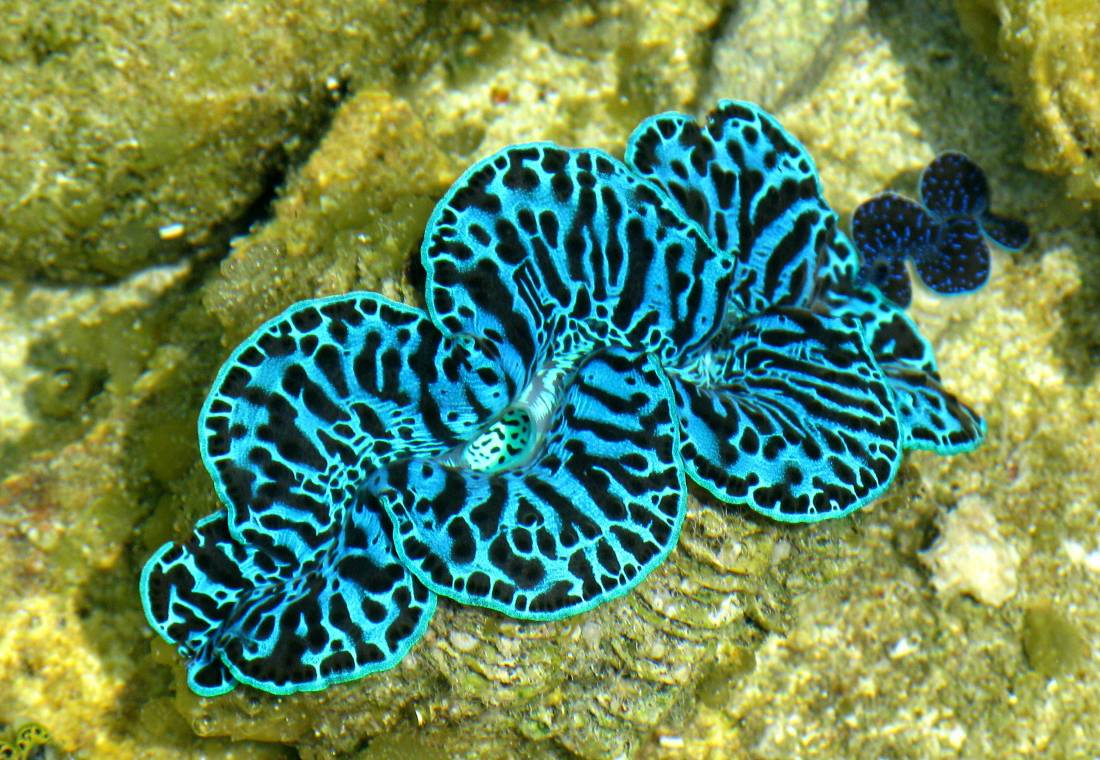

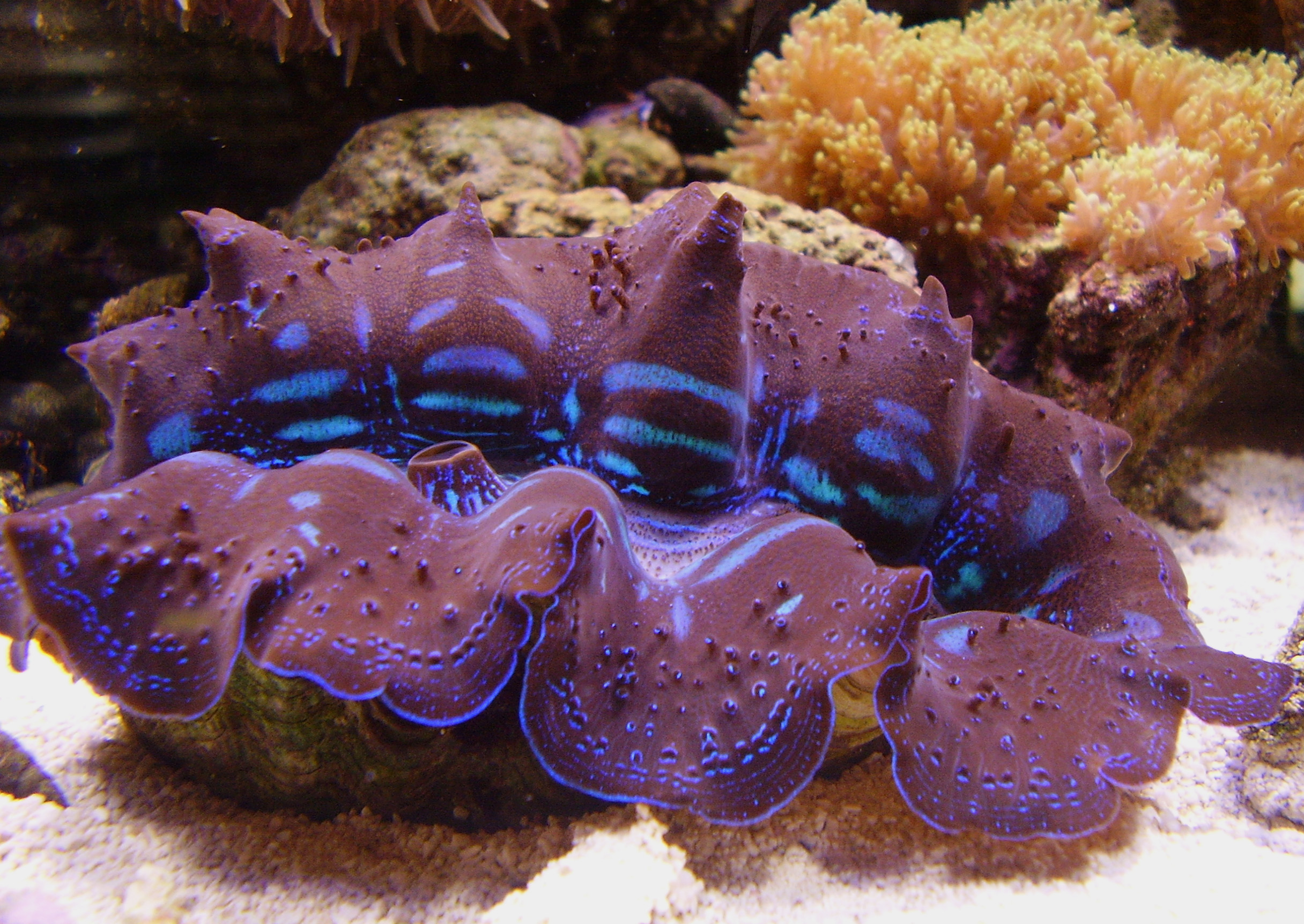



















 Aenigmotellina nishimurai
Aenigmotellina nishimurai Ameritella felix
Ameritella felix Ameritella versicolor
Ameritella versicolor Angulus minuta
Angulus minuta Apolymetis intestriata
Apolymetis intestriata Apolymetis meyeri
Apolymetis meyeri Leporimetis cognata
Leporimetis cognata Leporimetis ephippium
Leporimetis ephippium Leporimetis spectabilis
Leporimetis spectabilis Arcopagia balaustina
Arcopagia balaustina Arcopagia crassa
Arcopagia crassa Arcopagia fausta
Arcopagia fausta Arcopagia isseli
Arcopagia isseli Arcopagia richardi
Arcopagia richardi Asthenometis asthenodon
Asthenometis asthenodon Atlantella distorta
Atlantella distorta Bathytellina abyssicola
Bathytellina abyssicola Bathytellina citrocarnea
Bathytellina citrocarnea Bosemprella incarnata
Bosemprella incarnata Cadella smithi
Cadella smithi Coanyax pacifica
Coanyax pacifica Dellius georgianus
Dellius georgianus Loxoglypta rhomboides
Loxoglypta rhomboides Loxoglypta subpallida
Loxoglypta subpallida Loxoglypta transculpta
Loxoglypta transculpta Gastrana fragilis
Gastrana fragilis Gastrana matadoa
Gastrana matadoa Hanleyanus oblongus
Hanleyanus oblongus Herouvalia caelata
Herouvalia caelata Heteromacoma irus
Heteromacoma irus Idatellina idae
Idatellina idae Indotellina chariessa
Indotellina chariessa Iridona iridescens
Iridona iridescens Jitlada arsinoensis
Jitlada arsinoensis Jitlada juvenilis
Jitlada juvenilis Laciolina chloroleuca
Laciolina chloroleuca Macalia bruguieri
Macalia bruguieri Cymatoica orientalis
Cymatoica orientalis Cymatoica undulata
Cymatoica undulata Jactellina hungerfordi
Jactellina hungerfordi Macoma balthica
Macoma balthica Macoma biota
Macoma biota Macoma brota
Macoma brota Macoma calcarea
Macoma calcarea Macoma candida
Macoma candida Macoma carlottensis
Macoma carlottensis Macoma cleryana
Macoma cleryana Macoma constricta
Macoma constricta Macoma contabulata
Macoma contabulata Macoma ecuadoriana
Macoma ecuadoriana Macoma elimata
Macoma elimata Macoma elytrum
Macoma elytrum Macoma expansa
Macoma expansa Macoma extenuata
Macoma extenuata Macoma golikovi
Macoma golikovi Macoma hesperus
Macoma hesperus Macoma inclinata
Macoma inclinata Macoma incongrua
Macoma incongrua Macoma indentata
Macoma indentata Macoma inornata
Macoma inornata Macoma inquinata
Macoma inquinata Macoma lama
Macoma lama Macoma lamproleuca
Macoma lamproleuca Macoma levior
Macoma levior Macoma limula
Macoma limula Macoma lipara
Macoma lipara Macoma litoralis
Macoma litoralis Macoma loveni
Macoma loveni Macoma lucerna
Macoma lucerna Macoma medioamericana
Macoma medioamericana Macoma mitchelli
Macoma mitchelli Macoma moesta
Macoma moesta Macoma nasuta
Macoma nasuta Macoma phenax
Macoma phenax Macoma pseudomera
Macoma pseudomera Macoma pulleyi
Macoma pulleyi Macoma retrorsa
Macoma retrorsa Macoma schultzei
Macoma schultzei Macoma secta
Macoma secta Macoma sectior
Macoma sectior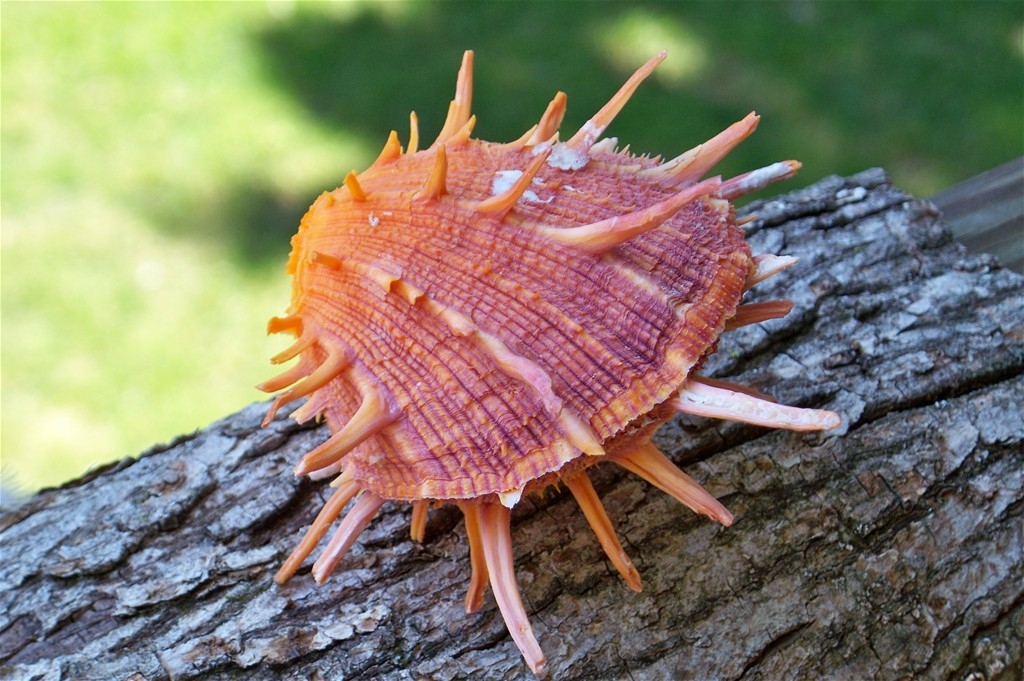




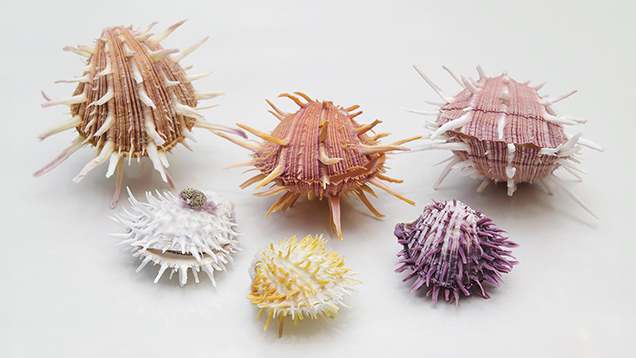
 Spondylus albibarbatus
Spondylus albibarbatus Spondylus americanus
Spondylus americanus Spondylus anacanthus
Spondylus anacanthus Spondylus asiaticus
Spondylus asiaticus Spondylus asperrimus
Spondylus asperrimus Spondylus aurispinae
Spondylus aurispinae Spondylus avramsingeri
Spondylus avramsingeri Spondylus butleri
Spondylus butleri Spondylus calcifer
Spondylus calcifer Spondylus camurus
Spondylus camurus Spondylus candidus
Spondylus candidus Spondylus castus
Spondylus castus Spondylus chinensis
Spondylus chinensis Spondylus clarksoni
Spondylus clarksoni Spondylus crassisquama
Spondylus crassisquama Spondylus croceus
Spondylus croceus Spondylus cruentus
Spondylus cruentus Spondylus deforgesi
Spondylus deforgesi Spondylus depressus
Spondylus depressus Spondylus eastae
Spondylus eastae Spondylus echinatus
Spondylus echinatus Spondylus echinus
Spondylus echinus Spondylus electrum
Spondylus electrum Spondylus electus
Spondylus electus Spondylus erectospinosus
Spondylus erectospinosus Spondylus erinaceus
Spondylus erinaceus Spondylus excavatus
Spondylus excavatus Spondylus exiguus
Spondylus exiguus Spondylus exilis
Spondylus exilis Spondylus fauroti
Spondylus fauroti Spondylus flabellum
Spondylus flabellum Spondylus foliaceus
Spondylus foliaceus Spondylus fragilis
Spondylus fragilis Spondylus gaederopus
Spondylus gaederopus Spondylus gilvus
Spondylus gilvus Spondylus gloriosus
Spondylus gloriosus Spondylus gravis
Spondylus gravis Spondylus groschi
Spondylus groschi Spondylus gussonii
Spondylus gussonii Spondylus hawaiensis
Spondylus hawaiensis Spondylus heidkeae
Spondylus heidkeae Spondylus imperialis
Spondylus imperialis Spondylus jubalensis
Spondylus jubalensis Spondylus lamarckii
Spondylus lamarckii Spondylus layardi
Spondylus layardi Spondylus leucacanthus
Spondylus leucacanthus Spondylus lima
Spondylus lima Spondylus linguafelis
Spondylus linguafelis Spondylus longitudinalis
Spondylus longitudinalis Spondylus maestratii
Spondylus maestratii Spondylus microlepos
Spondylus microlepos Spondylus mireilleae
Spondylus mireilleae Spondylus morrisoni
Spondylus morrisoni Spondylus multimuricatus
Spondylus multimuricatus Spondylus mus
Spondylus mus Spondylus nicobaricus
Spondylus nicobaricus Spondylus occidens
Spondylus occidens Spondylus ocellatus
Spondylus ocellatus Spondylus orstomi
Spondylus orstomi Spondylus pickeringae
Spondylus pickeringae Spondylus prionifer
Spondylus prionifer Spondylus proneri
Spondylus proneri Spondylus raoulensis
Spondylus raoulensis Spondylus reesianus
Spondylus reesianus Spondylus regius
Spondylus regius Spondylus rippingalei
Spondylus rippingalei Spondylus roseus
Spondylus roseus Spondylus senegalensis
Spondylus senegalensis Spondylus setiger
Spondylus setiger Spondylus sinensis
Spondylus sinensis Spondylus sparsispinosus
Spondylus sparsispinosus Spondylus spectrum
Spondylus spectrum Spondylus spinosus
Spondylus spinosus Spondylus squamosus
Spondylus squamosus Spondylus tenellus
Spondylus tenellus Spondylus tenuispinosus
Spondylus tenuispinosus Spondylus unicolor
Spondylus unicolor Spondylus vaillanti
Spondylus vaillanti Spondylus variegatus
Spondylus variegatus Spondylus varius
Spondylus varius Asaphis deflorata
Asaphis deflorata Asaphis violascens
Asaphis violascens Gari amethystus
Gari amethystus Gari anomala
Gari anomala Gari californica
Gari californica Gari castrensis
Gari castrensis Gari chinensis
Gari chinensis Gari circe
Gari circe Gari convexa
Gari convexa Gari costulata
Gari costulata Gari crassula
Gari crassula Gari depressa
Gari depressa Gari elongata
Gari elongata Gari fervensis
Gari fervensis Gari galatheae
Gari galatheae Gari helenae
Gari helenae Gari insignis
Gari insignis Gari intermedia
Gari intermedia Gari juliae
Gari juliae Gari kazusensis
Gari kazusensis Gari kenyoniana
Gari kenyoniana Gari lata
Gari lata Gari lessoni
Gari lessoni Gari lineolata
Gari lineolata Gari livida
Gari livida Gari maculosa
Gari maculosa Gari maxima
Gari maxima Gari minor
Gari minor Gari modesta
Gari modesta Gari occidens
Gari occidens Gari oriens
Gari oriens Gari pallida
Gari pallida Gari palmura
Gari palmura Gari panamensis
Gari panamensis Gari pennata
Gari pennata Gari pseudoweinkauffi
Gari pseudoweinkauffi Gari pulcherrima
Gari pulcherrima Gari radiata
Gari radiata Gari rasilis
Gari rasilis Gari regularis
Gari regularis Gari sibogai
Gari sibogai Gari solida
Gari solida Gari squamosa
Gari squamosa Gari stangeri
Gari stangeri Gari tellinella
Gari tellinella Gari togata
Gari togata Gari truncata
Gari truncata Gari virescens
Gari virescens Gari virgata
Gari virgata Heterodonax bimaculatus
Heterodonax bimaculatus Heterodonax pacificus
Heterodonax pacificus Heteroglypta contraria
Heteroglypta contraria Hiatula acuta
Hiatula acuta Hiatula adamsii
Hiatula adamsii Hiatula alba
Hiatula alba Hiatula ambigua
Hiatula ambigua Hiatula atrata
Hiatula atrata Hiatula biradiata
Hiatula biradiata Hiatula boeddinghausi
Hiatula boeddinghausi Hiatula capensis
Hiatula capensis Hiatula chinensis
Hiatula chinensis Hiatula clouei
Hiatula clouei Hiatula connectens
Hiatula connectens Hiatula diphos
Hiatula diphos Hiatula lunulata
Hiatula lunulata Hiatula nitida
Hiatula nitida Hiatula ovalis
Hiatula ovalis Hiatula rosea
Hiatula rosea Hiatula siliquens
Hiatula siliquens Nuttallia ezonis
Nuttallia ezonis Nuttallia japonica
Nuttallia japonica Nuttallia obscurata
Nuttallia obscurata Nuttallia olivacea
Nuttallia olivacea Nuttallia petri
Nuttallia petri Psammotella bertini
Psammotella bertini Psammotella cruenta
Psammotella cruenta Sanguinolaria cumingiana
Sanguinolaria cumingiana Sanguinolaria ovalis
Sanguinolaria ovalis Sanguinolaria sanguinolentus
Sanguinolaria sanguinolentus Sanguinolaria tellinoide
Sanguinolaria tellinoide











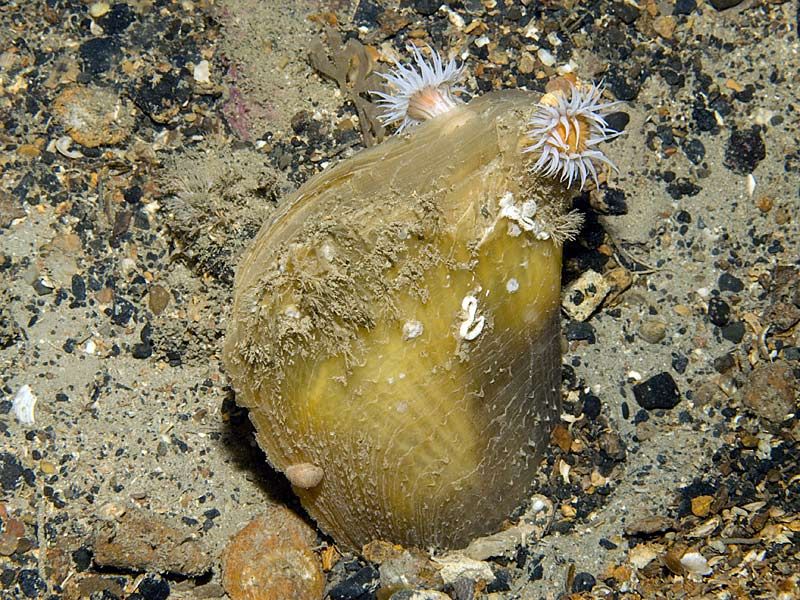
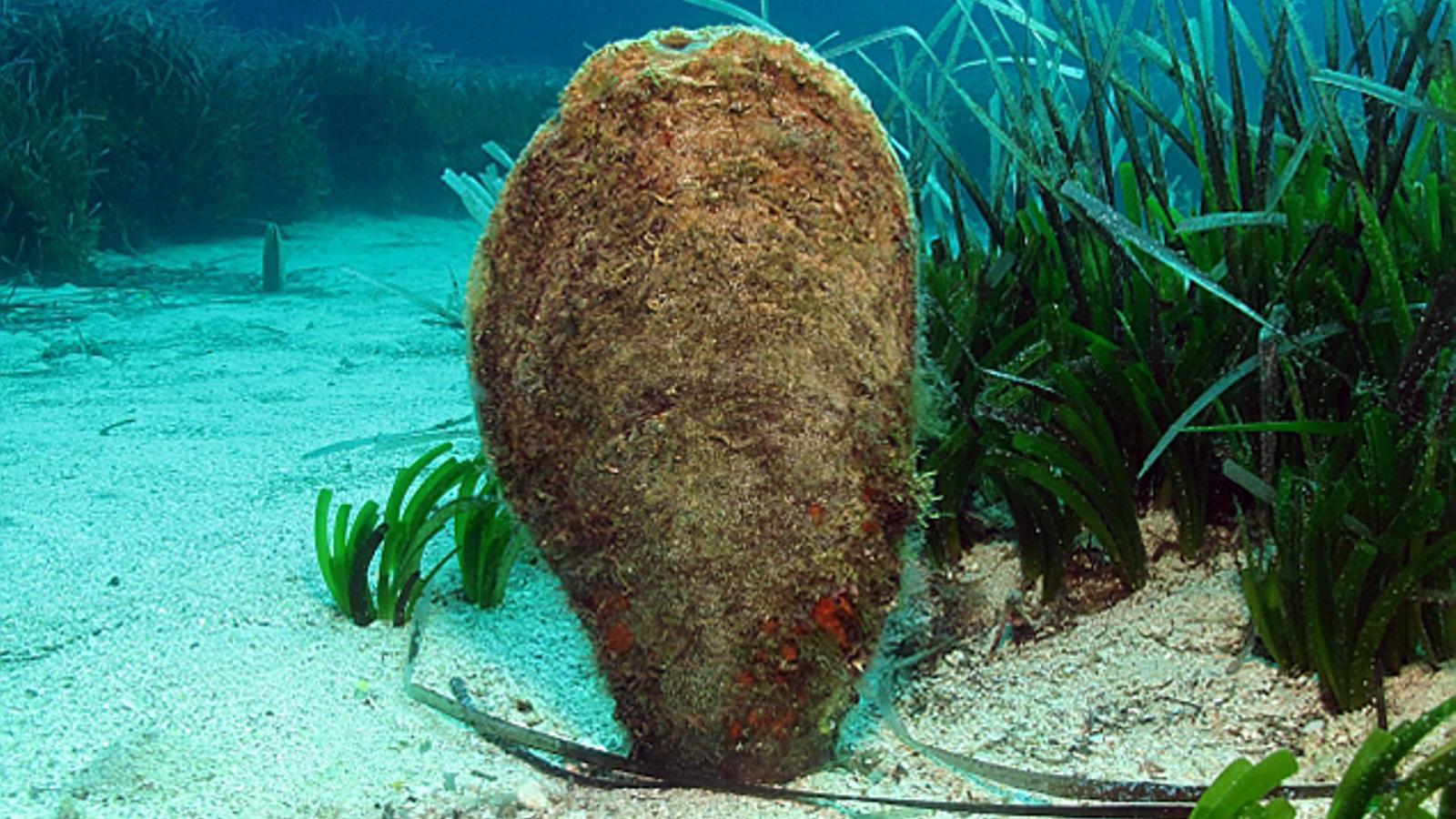

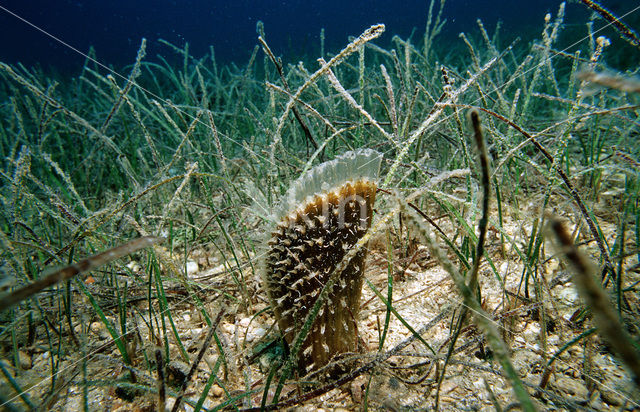




































 Aspidopholas tubigera
Aspidopholas tubigera Barnea alfredensis
Barnea alfredensis Barnea australasiae
Barnea australasiae Barnea candida
Barnea candida Barnea dilatata
Barnea dilatata Barnea japonica
Barnea japonica Barnea lamellosa
Barnea lamellosa Barnea latissima
Barnea latissima Barnea manilensis
Barnea manilensis Barnea manilensis elongata
Barnea manilensis elongata Barnea obturamentum
Barnea obturamentum Barnea parva
Barnea parva Barnea similis
Barnea similis Barnea subtruncata
Barnea subtruncata Barnea truncata
Barnea truncata Cyrtopleura costata
Cyrtopleura costata Cyrtopleura crucigera
Cyrtopleura crucigera Cyrtopleura lanceolata
Cyrtopleura lanceolata Diplothyra smithii
Diplothyra smithii Jouannetia cumingii
Jouannetia cumingii Jouannetia duchassaingi
Jouannetia duchassaingi Jouannetia globulosa
Jouannetia globulosa Jouannetia pectinata
Jouannetia pectinata Jouannetia quillingi
Jouannetia quillingi Martesia affinis
Martesia affinis Martesia cuneiformis
Martesia cuneiformis Martesia fragilis
Martesia fragilis Martesia striata
Martesia striata Netastoma darwinii
Netastoma darwinii Nipponopholas satoi
Nipponopholas satoi Parapholas californica
Parapholas californica Parapholas calva
Parapholas calva Parapholas quadrizonata
Parapholas quadrizonata Penitella conradi
Penitella conradi Penitella gabbii
Penitella gabbii Penitella kamakurensis
Penitella kamakurensis Penitella penita
Penitella penita Penitella turnerae
Penitella turnerae Pholadidea acherontea
Pholadidea acherontea Pholadidea esmeraldensis
Pholadidea esmeraldensis Pholadidea loscombiana
Pholadidea loscombiana Pholadidea melanura
Pholadidea melanura Pholadidea quadra
Pholadidea quadra Pholadidea spathulata
Pholadidea spathulata Pholadidea tubifera
Pholadidea tubifera Pholas campechiensis
Pholas campechiensis Pholas chiloensis
Pholas chiloensis Pholas dactylus
Pholas dactylus
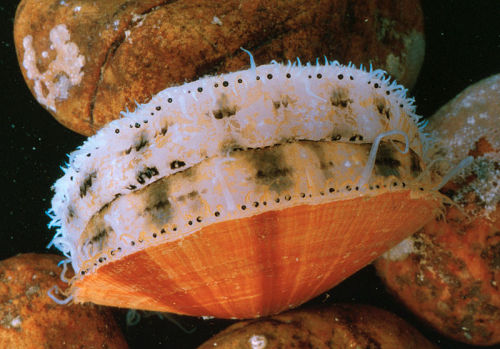

 Adamussium colbecki
Adamussium colbecki Aequipecten commutatus
Aequipecten commutatus Aequipecten flabellum
Aequipecten flabellum Aequipecten glyptus
Aequipecten glyptus Aequipecten heliacus
Aequipecten heliacus Aequipecten lineolaris
Aequipecten lineolaris Aequipecten opercularis
Aequipecten opercularis Aequipecten tehuelchus
Aequipecten tehuelchus Amusium japonicum
Amusium japonicum Amusium pleuronectes
Amusium pleuronectes Anguipecten gregoryi
Anguipecten gregoryi Anguipecten lamberti
Anguipecten lamberti Anguipecten pacificus
Anguipecten pacificus Anguipecten picturatus
Anguipecten picturatus Anguipecten simoneae
Anguipecten simoneae Anguipecten superbus
Anguipecten superbus Annachlamys flabellatus
Annachlamys flabellatus Annachlamys iredalei
Annachlamys iredalei Annachlamys kuhnholtzi
Annachlamys kuhnholtzi Annachlamys reevei
Annachlamys reevei Annachlamys striatula
Annachlamys striatula Antillipecten antillarum
Antillipecten antillarum Argopecten gibbus
Argopecten gibbus Argopecten irradians
Argopecten irradians Argopecten noronhensis
Argopecten noronhensis Argopecten nucleus
Argopecten nucleus Argopecten purpuratus
Argopecten purpuratus Argopecten ventricosus
Argopecten ventricosus Austrochlamys natans
Austrochlamys natans Azumapecten farreri
Azumapecten farreri Azumapecten ruschenbergerii
Azumapecten ruschenbergerii Bractechlamys adorabilis
Bractechlamys adorabilis Bractechlamys corallinoides
Bractechlamys corallinoides Bractechlamys langfordi
Bractechlamys langfordi Bractechlamys nodulifera
Bractechlamys nodulifera Bractechlamys oweni
Bractechlamys oweni Bractechlamys vexillum
Bractechlamys vexillum Caribachlamys mildredae
Caribachlamys mildredae Caribachlamys ornatus
Caribachlamys ornatus Caribachlamys pellucens
Caribachlamys pellucens Caribachlamys sentis
Caribachlamys sentis Chlamys albida
Chlamys albida Chlamys amandi
Chlamys amandi Chlamys behringiana
Chlamys behringiana Chlamys chosenica
Chlamys chosenica Chlamys cytherea
Chlamys cytherea Chlamys hastata
Chlamys hastata Chlamys islandica
Chlamys islandica Chlamys rosealbus
Chlamys rosealbus Chlamys rubida
Chlamys rubida Chlamys strategus
Chlamys strategus Mimachlamys cloacata
Mimachlamys cloacata Mimachlamys erycina
Mimachlamys erycina Complicachlamys wardiana
Complicachlamys wardiana Coralichlamys madreporarum
Coralichlamys madreporarum Crassadoma gigantea
Crassadoma gigantea Cryptopecten bernardi
Cryptopecten bernardi Cryptopecten bullatus
Cryptopecten bullatus Cryptopecten nux
Cryptopecten nux Cryptopecten phrygium
Cryptopecten phrygium Cryptopecten vesiculosus
Cryptopecten vesiculosus Decatopecten amiculum
Decatopecten amiculum Decatopecten plica
Decatopecten plica Decatopecten radula
Decatopecten radula Delectopecten alcocki
Delectopecten alcocki Delectopecten fosterianus
Delectopecten fosterianus Delectopecten macrocheiricola
Delectopecten macrocheiricola Delectopecten musorstomi
Delectopecten musorstomi Delectopecten polyleptus
Delectopecten polyleptus Delectopecten vancouverensis
Delectopecten vancouverensis Delectopecten vitreus
Delectopecten vitreus Delectopecten zacae
Delectopecten zacae Dentamussium obliteratum
Dentamussium obliteratum Equichlamys bifrons
Equichlamys bifrons Euvola chazaliei
Euvola chazaliei Euvola galapagensis
Euvola galapagensis Euvola laurenti
Euvola laurenti Euvola marensis
Euvola marensis Euvola papyracea
Euvola papyracea Euvola perula
Euvola perula Alectryonella plicatula
Alectryonella plicatula Ambigostrea pseudovillei
Ambigostrea pseudovillei Booneostrea subucula
Booneostrea subucula Crassostrea angulata
Crassostrea angulata Crassostrea belcheri
Crassostrea belcheri Crassostrea columbiensis
Crassostrea columbiensis Crassostrea dactylena
Crassostrea dactylena Crassostrea gigas
Crassostrea gigas Crassostrea mangle
Crassostrea mangle Crassostrea nippona
Crassostrea nippona Crassostrea praia
Crassostrea praia Crassostrea rhizophorae
Crassostrea rhizophorae Crassostrea rivularis
Crassostrea rivularis Crassostrea titan
Crassostrea titan Crassostrea virginica
Crassostrea virginica Cryptostrea permollis
Cryptostrea permollis Cubitostrea plicata radiosa
Cubitostrea plicata radiosa Curvostrea rouvillei
Curvostrea rouvillei Dendostrea cristata
Dendostrea cristata Dendostrea folium
Dendostrea folium Dendostrea frons
Dendostrea frons Dendostrea rosacea
Dendostrea rosacea Dendostrea sandvichensis
Dendostrea sandvichensis Gigantostrea gigantica
Gigantostrea gigantica Lopha cristagalli
Lopha cristagalli Lopha imbricata
Lopha imbricata Lopha syphax
Lopha syphax Nanostrea fluctigera
Nanostrea fluctigera Nicaisolopha tridacnaeformis
Nicaisolopha tridacnaeformis Ostrea algoensis
Ostrea algoensis Ostrea angasi
Ostrea angasi Ostrea atherstonei
Ostrea atherstonei Ostrea chilensis
Ostrea chilensis Ostrea chilensis lutaria
Ostrea chilensis lutaria Ostrea chilensis charlottae
Ostrea chilensis charlottae Ostrea conchaphila
Ostrea conchaphila Ostrea denselamellosa
Ostrea denselamellosa Ostrea edulis
Ostrea edulis Ostrea edulis lamellosa
Ostrea edulis lamellosa Ostrea equestris
Ostrea equestris Ostrea leveretti
Ostrea leveretti Ostrea puelchana
Ostrea puelchana Ostrea stentina
Ostrea stentina Ostrea stentina capsa
Ostrea stentina capsa Peilinia quadriplicata
Peilinia quadriplicata Planostrea pestigris
Planostrea pestigris Rastellum carinatum
Rastellum carinatum Saccostrea circumsuta
Saccostrea circumsuta Saccostrea cucullata
Saccostrea cucullata Saccostrea glomerata
Saccostrea glomerata Saccostrea glomerata commercialis
Saccostrea glomerata commercialis Saccostrea palmula
Saccostrea palmula Saccostrea scyphophilla
Saccostrea scyphophilla Striostrea circumpicta
Striostrea circumpicta Striostrea margaritacea
Striostrea margaritacea Striostrea paucichomata
Striostrea paucichomata